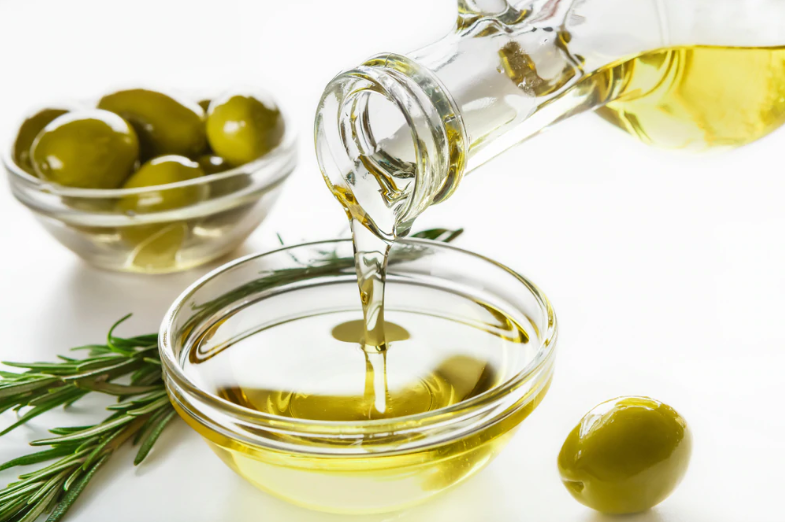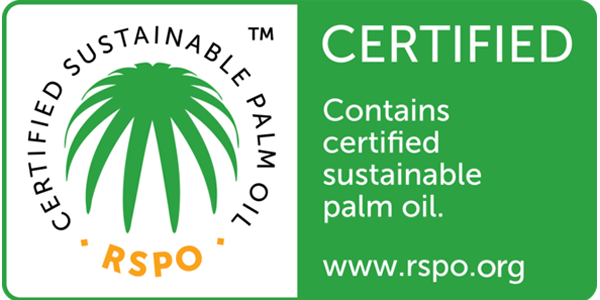How do you know whether you are buying olive oil that holds the extra virgin status? With so many debates on the news, people have started to believe they are only getting pretty bottles. Yet, if you know how does certified organic extra virgin olive oil taste, you won’t make the same mistake twice.

1. Appearance
Don’t judge the book by its covers, or an olive oil bottle by its color. Olive oil boasts different shades – from pale to dark. The quality of the oil doesn’t depend on the color, neither does the flavor.
The International Olive Oil Council introduced a rule only special blue glasses should be used when olive tasting. This way, the color of the oil won’t affect the final rating.
2. Smell
Smell has a lot to do with taste as well. We would recommend finding a blue glass you can swirl the oil, just like you would do with wine. This would make the oil warmer and encourage its natural aromas to stand out.
Continue swirling for about 1 minute and bring the glass to your nose. If you are smelling fruity tones, that is a sign of a positive extra virgin olive oil aroma. Freshly cut grass, cinnamon, and green almonds aromas may be present as well.
3. Sip
If the oil is warm enough, take one sip (the size of a tablespoon) of it. To experience the taste fully, press the roof of your mouth with tongue, and sip the oil. Doing so will release the aroma even more. Breathe through your nose.
Extra Virgin Olive Oil Basic Flavors
Organic extra virgin oil tastes fruity, pungent, or bitter. If each of these three basic flavors is present, that is a sign of well-balanced oil. However, slight nuances of green tea or artichoke won’t mess up the taste.
1. Fruitiness
Fruitiness with olive oil is either green or ripe fruit-like. Anything in-between fresh grass to summer peaches is considered high-quality.
2. Bitterness
Even though bitterness may remind you of dark chocolate or coffee instead of olive oil, you will notice these undertones when it comes to extra virgin status. Extra virgin olive oil contains polyphenols that add on the bitterness and balance out fruity and pungent aromas.
3. Pungency
You can’t really tell the olive oil pungency all until the sip comes to your throat. There, extra virgin oil showcases one more layer of complexity – spicy sensation, similar to chili peppers.
4. Mouthfeel
When olive oil tasting, you can notice the physical sensations in your mouth. Greasy or thick oil points out to rancidity. Fresh oil leaves a smooth feeling, even though drying sensations may appear as well. However, extra virgin olive oil is never too dry.
Summary
A combination of a couple of flavors and sensations, high-quality olive oil is not that hard to guess. If you feel anything besides the above-listed attributes, that means you are not tasting certified organic extra virgin olive oil.






